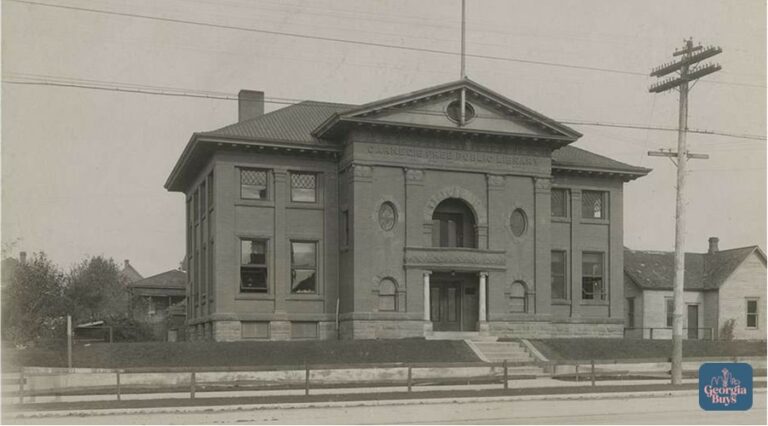
Ballard, a vibrant neighborhood in northwest Seattle, boasts a rich tapestry of history that reflects its transformation from indigenous lands to a bustling urban enclave. This journey encompasses its early days as a farming community, its maritime and industrial boom, a strong Scandinavian influence, and its evolution into a modern cultural hotspot known for its creativity, diversity, and community pride.
Long before European settlers arrived, the area now known as Ballard was home to the Duwamish people, particularly around Shilshole Bay. The abundant natural resources, including salmon, shellfish, and fertile land, made it an ideal location for indigenous communities. The Duwamish developed intricate systems of fishing, canoe travel, and seasonal migration to sustain their way of life. Artifacts and oral histories from these early inhabitants are preserved at the Burke Museum, offering valuable insights into the region’s original stewards and their deep connection to the land.
In the late 19th century, Ballard emerged as a modest farming community. Settlers cultivated the fertile lands north of Seattle, establishing farmhouses with expansive gardens and orchards. Chickens, cows, and crops dotted the landscape, and families relied on small-scale farming to support themselves and supply nearby Seattle. This agrarian lifestyle laid the foundation for the neighborhood’s initial growth and development, fostering a strong sense of community among early residents.
The Great Seattle Fire of 1889 catalyzed Ballard’s transformation into an industrial hub. As Seattle rebuilt, the demand for lumber and building materials skyrocketed. Ballard earned the moniker “Shingle Capital of the World,” with dozens of mills lining the waterfront, producing lumber and shingles to meet growing construction needs. The arrival of the Great Northern Railroad in the 1890s further spurred economic growth, facilitating the transport of goods to and from the region. This combination of maritime access and rail connectivity attracted workers and businesses, solidifying Ballard’s role in Seattle’s industrial landscape.
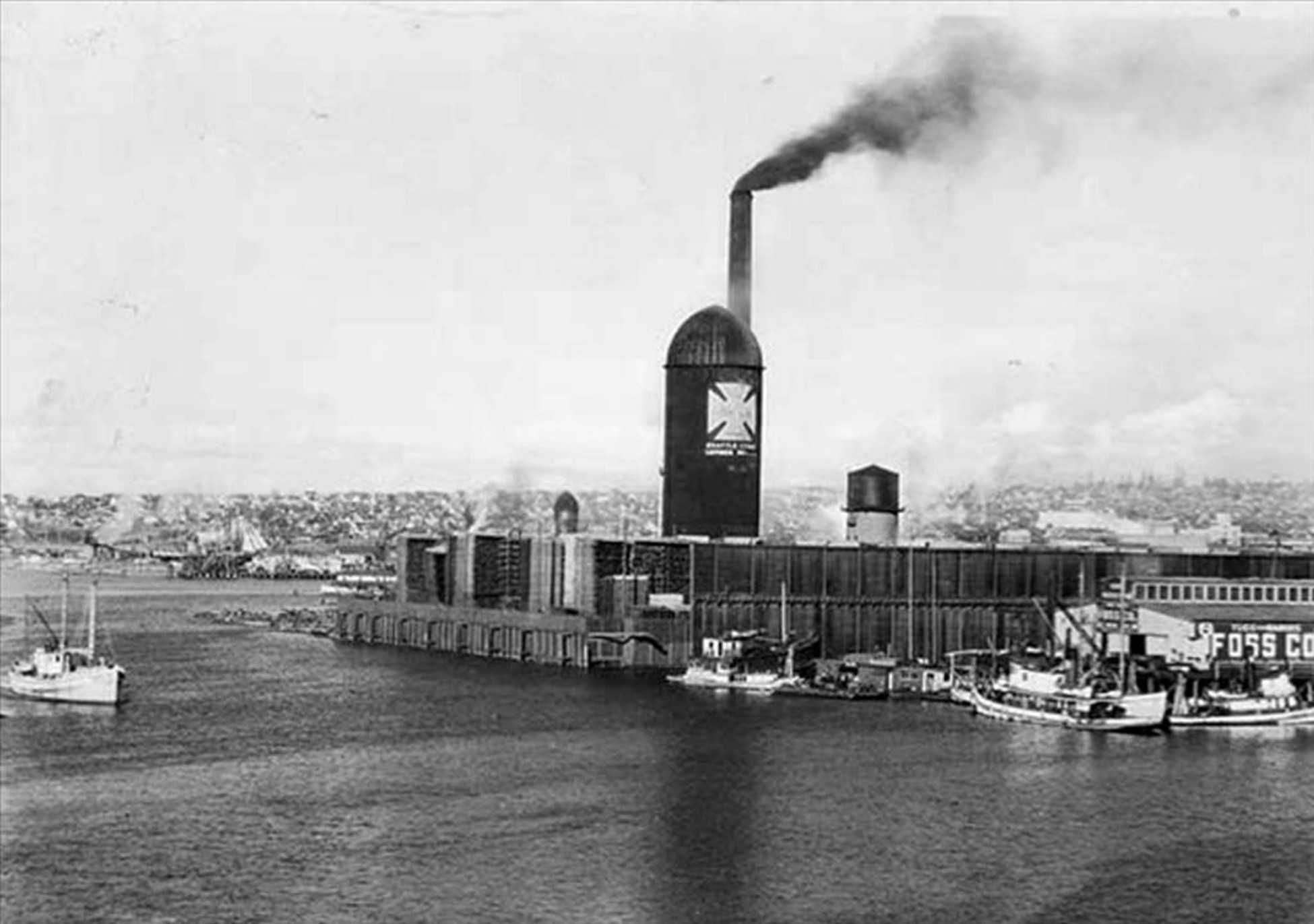
Ballard’s proximity to waterways made it a focal point for maritime activities. By the early 20th century, the area housed approximately 20 shipyards, including the Ballard Boat Works, which crafted both fishing vessels and pleasure boats. The establishment of Fishermen’s Terminal in 1909 solidified Ballard’s status as a central hub for the fishing industry, particularly for fleets operating in Alaskan waters. Generations of fishing families have launched and maintained their livelihoods here, with maritime traditions continuing to shape Ballard’s identity.
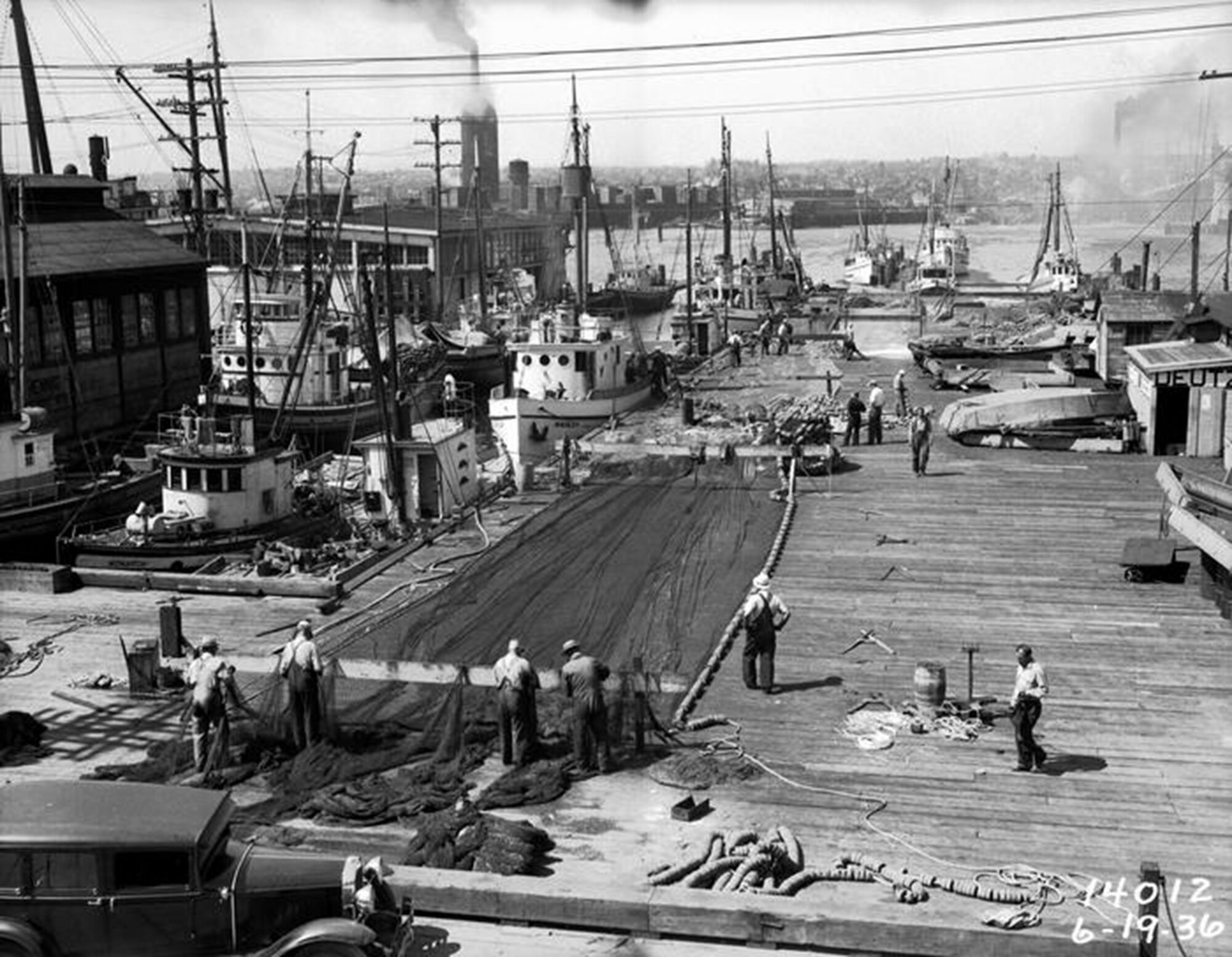
Ballard became a haven for Scandinavian immigrants, including Norwegians, Swedes, Danes, and Finns, who were drawn by opportunities in fishing, logging, and milling. These communities infused the neighborhood with cultural traditions, from smoked fish and lefse to folk music and saunas. Their influence is still evident in street names, local cuisine, and festive events. The National Nordic Museum, established in 1980 and relocated to a modern facility in 2018, celebrates this rich heritage by offering exhibits, educational programs, and events that honor Nordic history and culture. Annual celebrations like Syttende Mai (Norwegian Constitution Day) continue to draw crowds and pay tribute to Ballard’s roots.
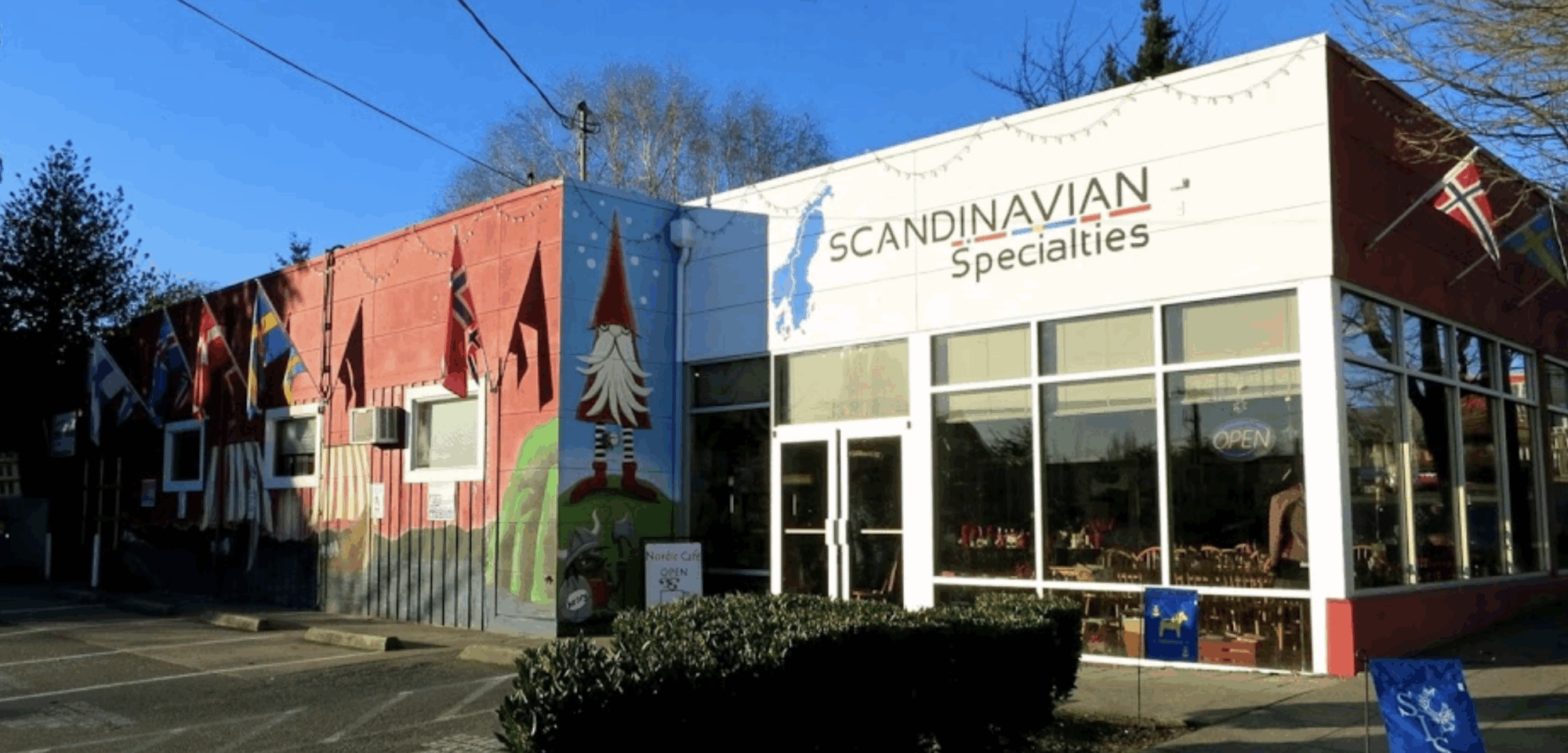
The Hiram M. Chittenden Locks were completed in 1917, connecting Lake Washington to Puget Sound. This engineering marvel transformed Seattle’s waterways by allowing boats to move between freshwater lakes and the saltwater of the Sound while maintaining lake water levels. The locks also include a fish ladder, designed to help salmon navigate upstream to spawn. While the locks facilitated trade and boosted Seattle’s economy, their construction also disrupted local ecosystems and significantly impacted indigenous communities, particularly affecting salmon migration and traditional fishing grounds.
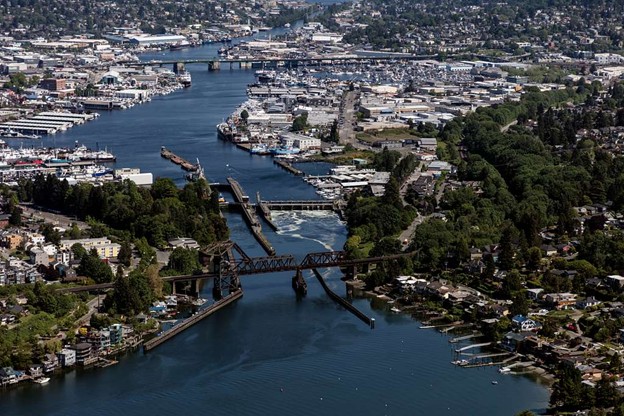
On May 29, 1907, Ballard was officially annexed into the City of Seattle. At the time, Ballard was Washington’s sixth largest city but faced significant infrastructure challenges, especially concerning water quality and sewage. The vote to join Seattle passed by a slim margin, with residents hoping to benefit from the larger city’s services and resources. Though some locals were hesitant to give up Ballard’s independence, annexation brought improved utilities and paved the way for further growth and modernization.
Post-annexation, Ballard experienced significant residential expansion. The neighborhood’s character evolved as new housing developments sprang up to accommodate the growing population. Craftsman-style bungalows and modest cottages became common, many of which still stand today. In recent decades, Ballard has undergone urban revitalization, blending historic charm with modern amenities. Old industrial spaces have been converted into stylish lofts and offices, while mixed-use developments and upscale apartments reflect the neighborhood’s ongoing transformation into a desirable, walkable community.
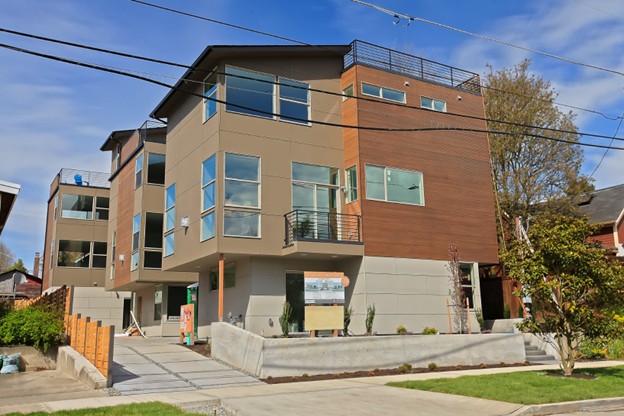
The Majestic Bay Theater, originally opened in 1914, stands as a testament to Ballard’s cultural legacy. It started as a single-screen silent movie house and evolved over the decades with the changing film industry. Having undergone several name changes and renovations, it was transformed into a state-of-the-art triplex in 2000. The theater continues to be a cherished venue for locals, showcasing both blockbuster hits and independent films, and serving as a gathering place that reflects the neighborhood’s appreciation for the arts.
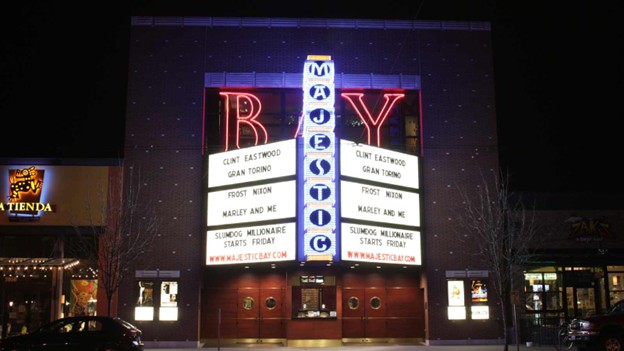
Efforts to preserve Ballard’s historical essence are evident in the Ballard Avenue Landmark District, established in 1976. This area safeguards the neighborhood’s architectural heritage, with restored brick buildings that once housed saloons, general stores, and blacksmith shops. Today, these structures are home to trendy boutiques, cozy cafes, and art galleries. The district serves as a tangible link to Ballard’s past, allowing residents and visitors alike to experience the neighborhood’s evolution firsthand while enjoying its unique blend of old and new.
Today, Ballard thrives as a dynamic neighborhood, balancing its rich history with contemporary culture. The area boasts a vibrant arts scene, numerous craft breweries, acclaimed restaurants, and local markets. Events like the Ballard Farmers Market and the monthly Second Saturday ArtWalk draw crowds and foster community connections. Landmarks such as the Ballard Locks and the National Nordic Museum continue to draw visitors, while the community celebrates its heritage through music festivals, boat parades, and neighborhood storytelling.
Ballard’s journey from a modest farming area to a bustling urban neighborhood is a narrative of resilience, cultural fusion, and community spirit. Its history is not just preserved in museums and landmarks but lives on in the daily rhythms of its streets and the stories of its residents. For those who walk along Ballard Avenue or sip coffee by the canal, the echoes of the past remain ever-present, guiding the neighborhood into the future while honoring the footsteps that came before.
Whether you’re in Ballard or elsewhere in King or Snohomish County, our team at Georgia Buys can help you determine the value of your property and explore your selling options—no pressure, just personalized support. Contact us today for a free estimate and let us help you take the next step with confidence.